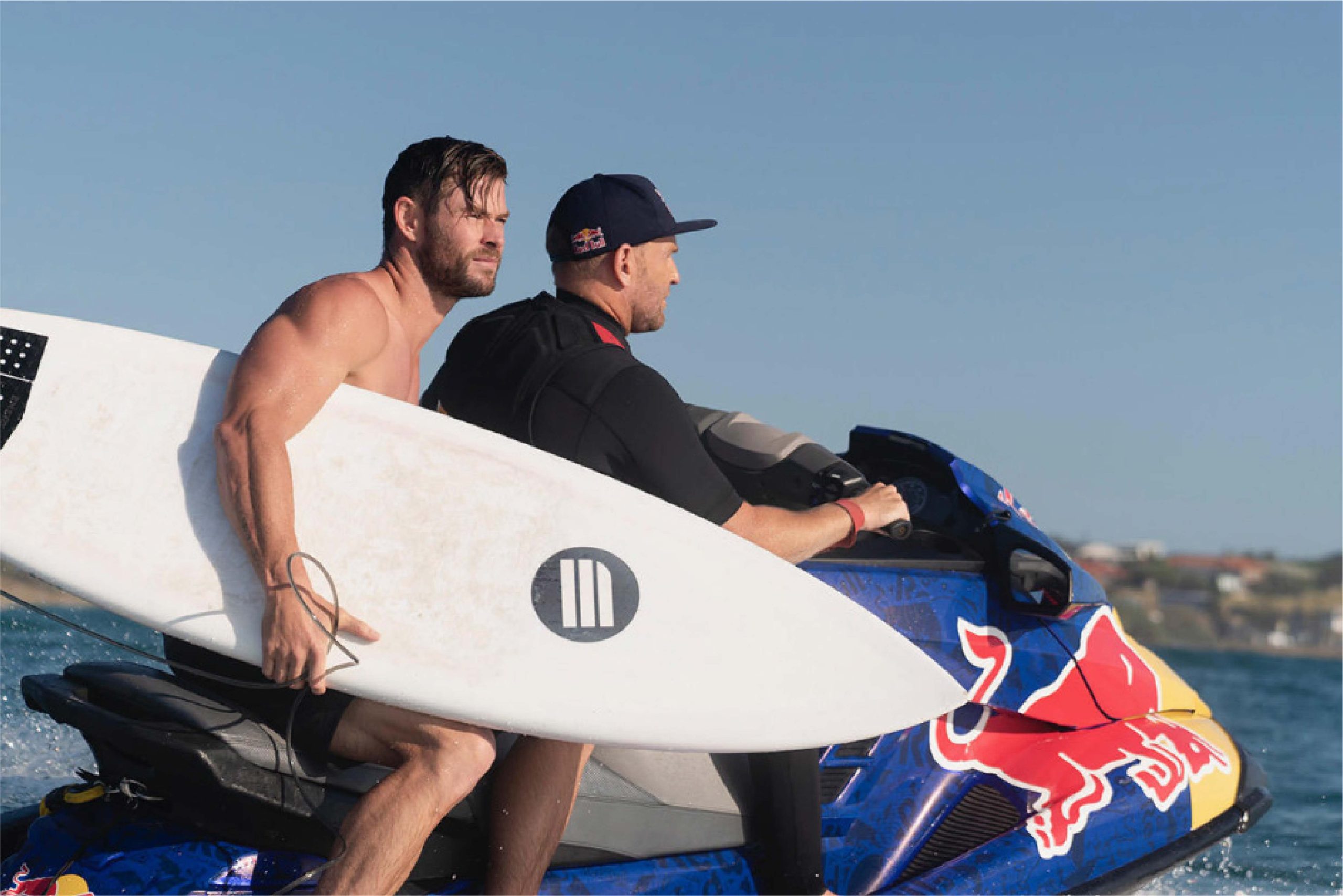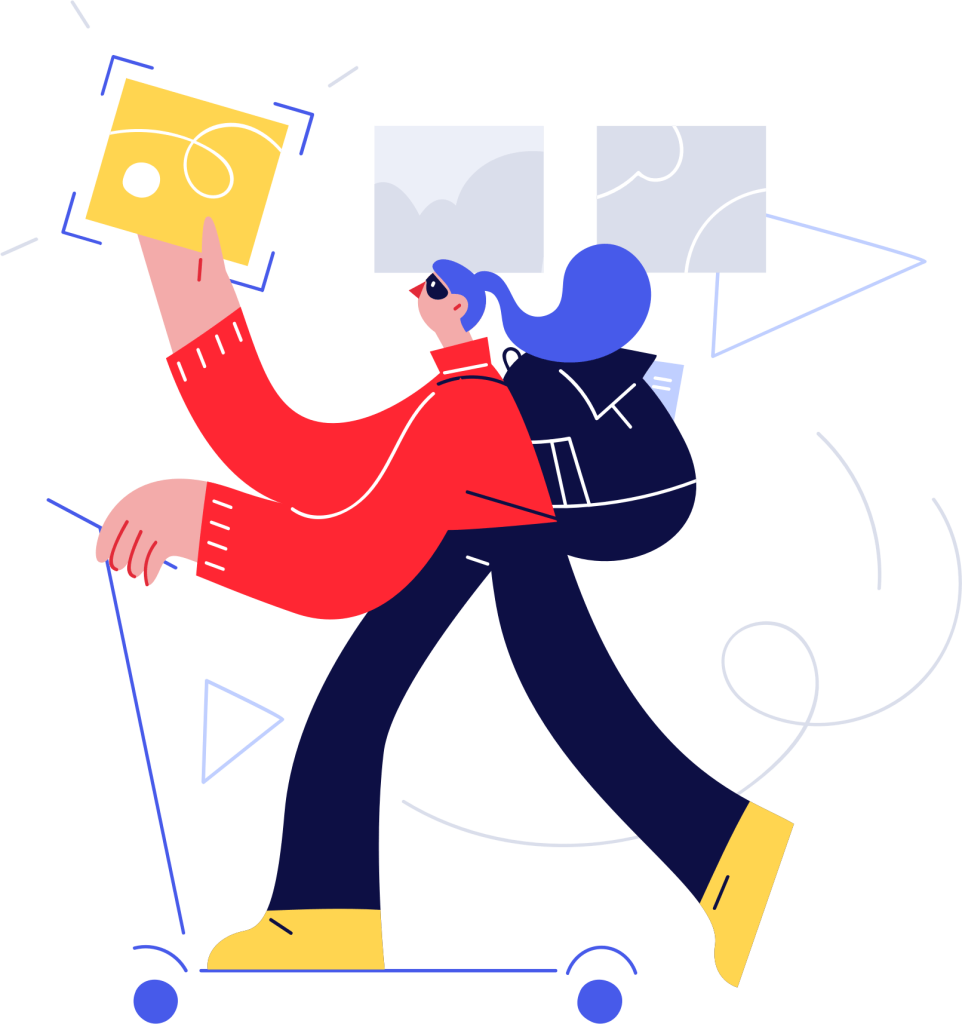Introduction
Influencer marketing has matured from simple celebrity endorsements to sophisticated, data-driven partnerships. Marketers now leverage artificial intelligence (AI) to identify optimal influencers, forecast campaign performance, and measure ROI with unprecedented precision. By integrating AI into social media strategies, brands can transcend guesswork—optimizing collaborations, personalizing creative, and scaling authentic engagement across platforms like Instagram, TikTok, and YouTube.
In this in-depth guide—Post 27—we unpack AI’s transformative role in influencer marketing, incorporating top keywords such as digital marketing, social media, content marketing, and business branding ideas. We cover AI techniques for influencer discovery, campaign orchestration, performance analytics, and future trends, supported by real-world Brandlab success stories.
1. Intelligent Influencer Discovery
1.1 AI-Powered Social Listening and Audience Analysis
AI platforms (e.g., Brandwatch, Sprinklr, Meltwater) process vast social data to:
Identify Emerging Creators: Uncover micro- and nano-influencers with growing niche audiences before they saturate the market.
Analyze Audience Demographics and Psychographics: Map follower interests, engagement behaviors, and sentiment to ensure influencer’s audience aligns with brand personas.
Detect Brand Affinity and Authenticity: Use natural language processing to gauge genuine connections between influencers and their followers, filtering out inauthentic or purchased engagement.
Implementation Tip: Define target audience attributes—age, location, interests—and train AI filters to rank influencers by relevance score rather than follower count alone.
1.2 Automated Influencer Shortlisting and Scoring
Leverage ML models to quantify influencer fit through composite scores:
Engagement Quality Score: Weigh average likes, comments, shares, and engagement rate per post.
Content Relevance Score: Assess alignment between influencer’s past content themes (fashion, tech, wellness) and campaign objectives using semantic analysis.
Performance Predictive Score: Forecast expected reach, engagement lift, and conversion potential based on historical campaign data.
Case Study
A beauty brand used AI scoring to shortlist 50 high-fit micro-influencers from a pool of 2,000. Campaigns executed with these creators delivered a 3x higher engagement rate and 25% uplift in product trial sign-ups compared to manual selection.
2. AI-Driven Campaign Orchestration and Content Optimization
2.1 Automated Brief and Creative Guidance
AI tools (e.g., Asana AI, Movio) generate campaign briefs and creative prompts:
Brief Generation: Auto-draft concise influencer briefs detailing key messages, brand guidelines, and call-to-action specifications tailored to each influencer’s style.
Content Suggestions: Provide AI-driven creative prompts—video hooks, caption ideas, hashtag recommendations—optimized for platform algorithms and audience preferences.
2.2 Dynamic Content Testing and Optimization
Use AI to run multivariate tests on influencer content:
Visual Element Analysis: Identify which imagery, color palettes, and product placements drive highest engagement across different demographics.
Copy Performance: Analyze caption sentiment, length, and keyword usage to determine optimal messaging styles.
Optimal Posting Times: Leverage ML models to recommend posting schedules based on follower activity patterns and historic engagement peaks.
Implementation Tip: Integrate AI insights into real-time dashboards that marketers and influencers can reference to tweak content mid-campaign.
3. Performance Analytics and ROI Measurement
3.1 End-to-End Attribution Models
AI-enhanced attribution tracks influencer impact across the customer journey:
Multi-Touch Influence: Attribute weighted credit to influencer interactions among paid media, organic search, and direct channels using algorithms like Shapley values.
Conversion Path Analysis: Map sequences where influencer posts trigger website visits, email sign-ups, and purchases, refining channel mix strategies.
3.2 Predictive Performance Forecasting
Train predictive models on past influencer campaigns to:
Estimate Reach and Engagement: Forecast the expected impressions and engagement metrics for new influencer partnerships.
Predict Conversion Lift: Model likely conversion rates based on influencer audience overlap with high-LTV segments.
Case Study
A D2C fitness brand utilized ML forecasting to budget influencer spend—allocating 20% more budget to collaborations predicted to yield 30% higher trial conversions, resulting in a 15% increase in overall ROI.
4. Scaling Authentic Influencer Programs
4.1 Workflow Automation and Ecosystem Integration
Use automation platforms (e.g., HypeAuditor, CreatorIQ) to:
Automate Contracts and Payments: Streamline influencer onboarding, contract generation, and payment disbursements with automated workflows.
Track Content Approvals and Compliance: Leverage AI to scan posts for brand guideline adherence and regulatory compliance (e.g., FTC disclosure tags).
4.2 Community and Co-Creation Initiatives
AI-Enhanced Micro-Influencer Networks: Foster networks of niche creators by inviting them to AI-driven co-creation programs—collab sprints, virtual workshops—amplifying genuine community engagement.
User-Generated Content (UGC) Amplification: Identify high-performing UGC via sentiment and engagement analysis, and re-share across brand channels with proper attribution.
5. Future Trends in AI-Influencer Marketing
AI-Created Virtual Influencers
Virtual avatars powered by AI—like Lil Miquela—offer fully controlled brand ambassador experiences with predictable messaging, high scalability, and no compliance risk.
Advanced Deepfake and Synthetic Media
Ethical use of AI to generate hyper-realistic promotional content—allowing safe, scalable interactions (e.g., product demos in multiple languages) without travel or logistics.
Real-Time Audience Expansion via AI Re-Targeting
As AI tracks in-the-moment engagement, dynamically expand influencer audiences with programmatic re-targeting, ensuring campaigns stay within relevant contexts.
6. Implementation Roadmap for AI-Infused Influencer Marketing
Define Objectives and KPIs: Align on engagement, awareness, and conversion goals.
Data Foundation: Integrate social listening tools, CRM, and analytics into a unified data platform.
Pilot AI Discovery: Test AI-driven influencer shortlisting on a small-scale campaign.
Develop AI Creative Workflows: Implement brief generation and dynamic content optimization tools.
Launch and Monitor: Execute campaigns with real-time dashboards tracking AI-predicted vs. actual performance.
Scale and Automate: Expand to full influencer rosters, automate compliance checks, and institutionalize AI insights.
Govern and Iterate: Establish an influencer marketing CoE to oversee AI ethics, performance governance, and continuous innovation.
Conclusion
AI in influencer marketing unlocks unparalleled scalability, precision, and authenticity. By combining in-house brand vision with specialist AI expertise, organizations can harness the full potential of influencer partnerships—driving engagement, conversions, and sustainable growth.
Partner with Brandlab to design and execute your AI-powered influencer marketing strategy:










